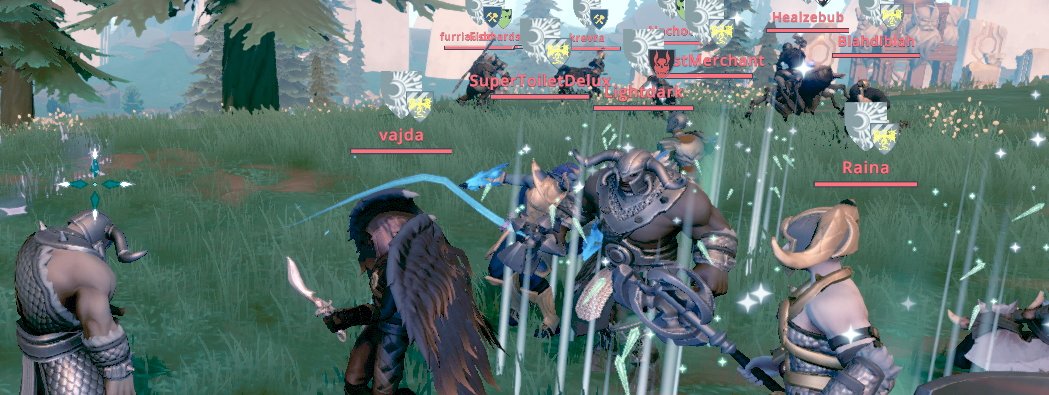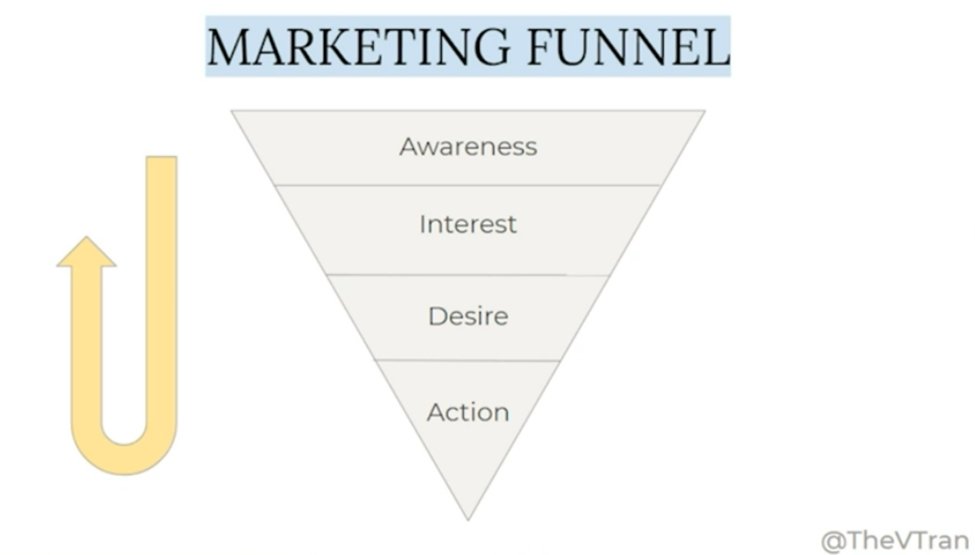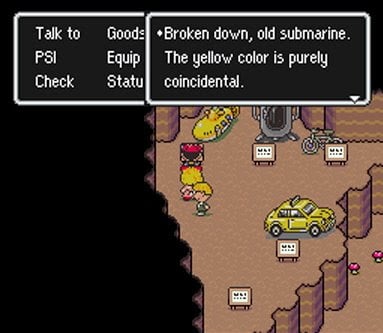I’m currently on my way to the Game Developers Conference in Los Angeles, which is where I’ll be for three days next week, analyzing the state of gaming and its industry at the show. I’m not sure what I’ll be doing other than spending time in the wonderful city of Los Angeles, drinking coffee, and watching talks about everything from VR to AI to blockchain. That’s one of the advantages of a job at a tech company: I get to go to a lot of conferences for free.
Virtual reality is a powerful medium for creating experiences. But what does it mean to create an experience, and what are the experiences we might want to create? We could analyze VR in terms of hardware, virtual worlds, or the (human) people in the virtual world, but we could do better. Instead, we could identify the elements of virtual worlds that participants use to define their experiences, and see how VR could be an extension of that.
A few weeks ago, I wrote about Biometrics and Gaming at GDC. The reason I wrote the blog is because I am interested in how technologies such as facial recognition and fingerprint scanners are used in games to enhance gaming and provide a better experience. The reason I’m interested in this topic is because I’m a huge fan of video games and see them as a way to express my ideas. Video games are an incredible artistic medium and allow me to explore ideas without the limitations of the real world.. Read more about gdc 2020 and let us know what you think.

While most gaming conferences focus on major game announcements, the beauty of GDC is that we get to learn about some of the cutting-edge technology and techniques that are being used behind the scenes. It certainly helps developers, but it also aids gamers who pay attention to industry trends and practices that drive our pastime. Oh, and there are some advertisements masquerading as panels, but isn’t that what E3 and PAX are mostly for customers anyway?
I’m getting off track here. We’ve received news from GDC 2021 on biometrics in VR, misleading advertising, ad placement, and attractive communities, which a few presenters might learn a thing or two about.

Biometrics at work, but not at play
Virtual reality is being used in a variety of ways. While virtual reality games were not a hot subject this year, bioanalytics in virtual reality had its own panel. I’m not sold on its use in public speaking simulators, but it does sound like it could help quantify PTSD studies or provide a rough estimate of how an officer-in-training might react in a tense situation that requires de-escalation (especially after Simon Parkin’s discussion of the game that decoded WWII Germany’s U-boat strategy).
More immediately, the technology may be used to help pinpoint where and when a game causes motion sickness, making virtual reality more gender inclusive. A PR representative for a virtual reality game recently told me that people should simply grit their teeth and endure it, while “proving” her point with a tale of a developer who spent over a month vomiting due to motion sickness during development. None of the panelists were utilizing virtual reality for this, and one even recommended taking medicine beforehand. While it has the potential to succeed, it’s disheartening that a panel of developers at a game developers conference didn’t seem to notice. Last week, at least one lawyer seemed to be concerned about people’s safety!

How to (not) recruit new members to your community
Facebook and Rovio joined together for a presentation on user acquisition, although neither they nor the presenter were on the pre-recorded panel. Instead, the GDC moderator informed chat that none of the real speakers had bothered to show up for their panel, so Facebook’s Head of Gaming Sales (Americas) and Rovio Entertainment’s COO answered some excellent questions but without fantastic answers or audience accountability. If they had, I’m sure many would have questioned Facebook’s seriousness when we heard it was clamping down on fraudulent gaming ads.
During the recording, the Rovio COO acknowledged that although this was something the company had been accused of, it wasn’t an effective strategy. While he could have stopped then, he further argued over the finer points of the distinction between “telling a narrative” and “misleading people on gaming.” We could have informed them there’s a difference between a marketing clip and utilizing game materials to construct a vignette that incorporates misleading viewpoints and flourishes of real gameplay to completely misrepresent the actual game if he’d shown there. While the speakers made jokes about automobile commercials, the game’s equivalent of a beat-up ’97 Corolla dressed up as a new Mustang has nothing on advertising that dresses up a beat-up ’97 Corolla as a new Mustang.
On the tape, a Facebook representative did acknowledge that the business “probably” made “mistakes” in terms of people’s privacy and data usage, which the audience might have verified. However, the business said that it thinks user acquisition nowadays utilizes too much data and that it should incorporate a little of “art,” or gut impulses, to which Rovio’s COO concurred. Both also said that they will most likely continue to utilize influencers to push and market their goods in the future, as they have shown to be an effective tool and spokesmen.

Victoria Tran, the Community Director of Innersloth, was on the opposite end of the spectrum. Innersloth adds the arrow to the inverted pyramid utilized by Facebook. FB seems to work up the funnel in the past, anticipating that people would play the game first to pique their curiosity and then spread knowledge. The objectives appeared to be more about encouraging people to play more often than about getting them to love the games more.
Tran, on the other hand, suggested doing things differently. Her goal was to start with awareness and move down through involving the community, their art, memes, and partners on social media. They were now a part of the community, and she wanted to bring them not just back up the pyramid, but also farther along the “Community Journey,” from new member to frequent follower of game news, to devoted supporter, and perhaps even game advocate (someone who basically performs your marketing). That is, she begins with awareness to attract players to the game, and once they’ve played, they’ve reached a point where they can truly invest and work their way back up the latter, not just as a passive audience to acquire, but as a community member who actively builds desire, interest, and even awareness for the product.
I’d trust Tran’s techniques above those of the other businesses since she’s a bit of a character herself. The contrast between completing a WoW raid and participating in a live GM event, when the GM may really call you out to engage in the scenario, seems to be significant. Don’t get me wrong: raiding is great, but having a GM urge people to rally behind you or come to your RP storytelling night is much more memorable, and the passion that people exhibit for Among Us is something the other two companies undoubtedly wish they could replicate.
Her tactics aren’t exactly top-secret. In fact, I’d say they’re quite similar to a recent PAX session on community development that we attended. Be out of the ordinary. People who are passionate about their work should be invited. Encourage excellent user material or repurpose it for new uses. Participate in community activities. It’s no secret that giant organizations like Facebook can’t pull this off effectively enough, and the fact that the no-show-apology-panel was heavily male-dominated while the others included women makes me question whether the big guys couldn’t use a few big ladies to assist.
 But not this sort of sub.
But not this sort of sub.
Substitutes in games are making a return, and advertising are waiting in the wings.
So that’s not what I expected to be writing, but here we are. While I’ve been harsher on subs recently, particularly in light of battlepasses, in-game shops, and other monetization tactics aimed at getting you to pay as much as possible, George Jijiashvili, Principal Analyst at Omdia, presented some compelling points.
Let’s disregard the fact that 11% more GDC developers disagreed with the notion that subscriptions would degrade games, and that subscriptions are available in 53% of the top-grossing mobile games. No, his claim that payment choices, ranging from free to premium, were just reasonable made sense. While I’ve seen it misused far too many times, such as when SWTOR first became F2P or Nintendo’s greedy Mario Kart mobile game, I won’t dismiss the possibility that a business might handle things correctly. I know I spent some money on Fall Guys despite not finishing the season, and I would gladly pay Niantic a little monthly fee in exchange for a fat storage increase in addition to my game event ticket purchases. However, the question isn’t so much “Should games bring back subs?” as it is “What is fair to provide when providing subs and other monetization options?”
Ads may be one of the other possibilities for making money for developers. Scott Silverman, SVP of Vungle, said that additional advertising is at least working more often. While he claims that it is more acceptable among gamers, I wonder whether it is more accurate to say that it is less troublesome. As someone who has been commenting on ad placement in social mobile games for a few years, I find calling an ad between scenes a “palette cleanser” to be completely dishonest.
While there are good and bad ways to do things, Silverman is accurate in saying that time is crucial: Between scenes, at the conclusion of the mission, at the death screen… Yes, provided they don’t disrupt immersion or make us feel like we’re being nickel and dimed, they may be okay. Sure, placing an ad at the death screen to reduce my punishment is preferable than doing it in the midst of a battle, but I’m not clicking on that link because I like it; it just dulls the pain of death. If I had to pick between advertising as a punishment and a modest membership price, I’d definitely go with the latter if I truly liked the game.
“Ad placements are usually to generate additional income on top of IAPs VS promotions/events are frequently meant to encourage a user to a new action,” Silverman said when I asked why advertisements were used instead of promotions. The aim of a promotional item/event is to promote interaction, while the primary goal of ad placements is to monetize, with ideally good engagement as a side effect.”
The ad essentially offers the developers money, while the promotion is for interaction. Although an advertisement may be passive, clicking on it will generally waste your data and time. Players should think about what type of content they’re ready to pay for, since if the games we love aren’t supported, commercialization will grow more aggressive. That stated, developers must evaluate what monetization methods and companies to promote that are appropriate not just for their users, but also for their gameworlds.
Andrew Ross of MOP has been covering GDC’s summer digital event in 2021! More of his reporting may be found here:
Advertisement
Before we begin, I should state that I do not have any information about the Biometrics feature of the future title of this blog. I do, however, have a hunch that it will be related to either the Google Assistant or Amazon Alexa of the future.. Read more about gdc 2021 login and let us know what you think.
Related Tags
This article broadly covered the following related topics:
- gdc tracks
- video game developer conventions
- game conference 2021
- game developers conference attendees
- gdc virtual

